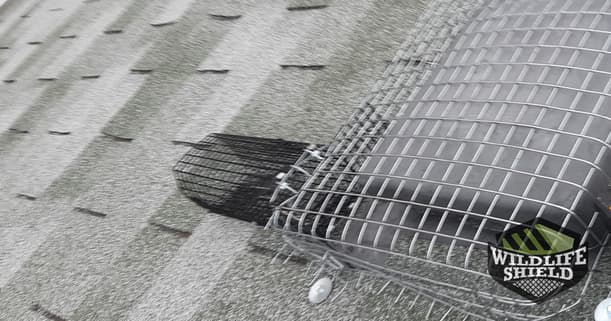The initial call to the property in Etobicoke was for a squirrel who had entered the attic, however, the entryway was unknown to the customer. Consistent activity in the attic was heard for an extended period. A technician was sent out to inspect for an opening and to exclude with a one-way door to humanely evict the animal from the space.
Etobicoke, GTA:
Etobicoke is a name that was first used by the Mississaugas people who called Etobicoke creek and the area around it “Adobigok” which means the place where the Alder trees grow. This name was not changed when the British defeated the French and signed the Toronto purchase in 1763. This was the purchase of land from the Scarborough Bluffs to the Etobicoke creek just mentioned above. This was a hotly contested situation that was not resolved until an entirely new Toronto purchase agreement was written and resigned in 1805. This agreement stands today as the only reason the Mississauga of Ontario do not own the whole of Toronto.
Exterior Inspection
The initial inspection of the home revealed multiple issues with the roof including a clear and apparent hole in one of the roof vents. Along with it, four other roof vents were found to be open to access by wildlife as well as 3 soffit intersections, a pipe vent on the roof, two wall vents, as well as the need for disinfection and deodorization on the entryway due to animals, smells, grease and fur.

Initial Measures
The initial measures taken by the technician included the installation of a one-way door to allow the animal to humanely vacate the attic while preventing it from re–entering. This process can take three to ten days. The technician also disinfected and sterilized the entryway and excluded a number of possible entryways both on the roof and on other areas of the house that would be easy access for wildlife or rodents.
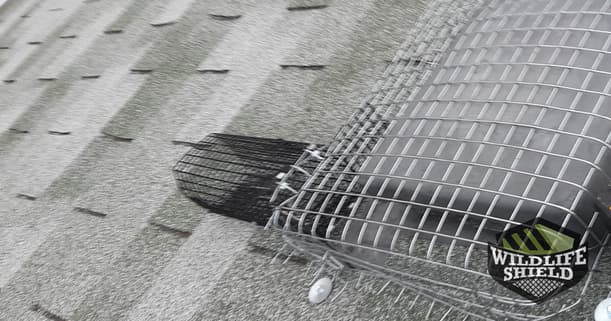
Proposed exclusion
The proposed exclusion by the technician, along with installing a one-way door, was to seal off two wall vents that could be accessed by both wildlife and rodents using black rubber-coated galvanized steel cages as well as four roof vents beyond the first that were excluded with a one-way door. A plumbing vent was also found and excluded using galvanized steel mesh. Roof soffit intersections are places on the roof in recesses where the soffit meets the shingles and is a very easy place for raccoons to access. These areas were sealed using galvanized steel mesh as well.
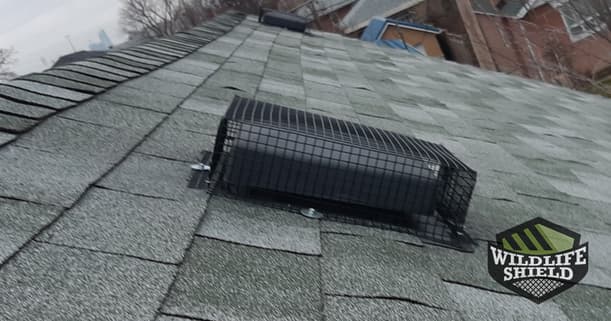



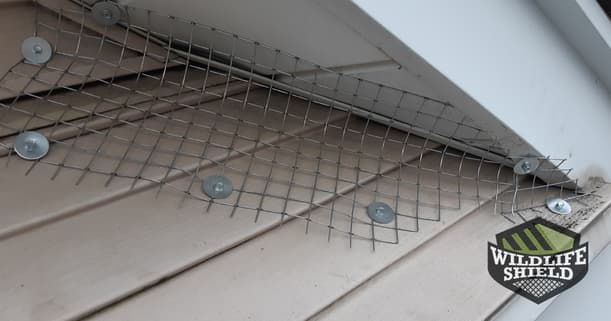
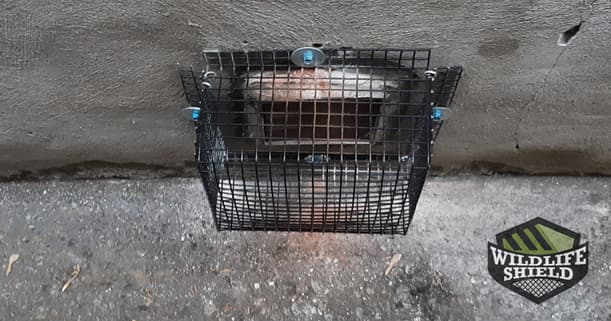
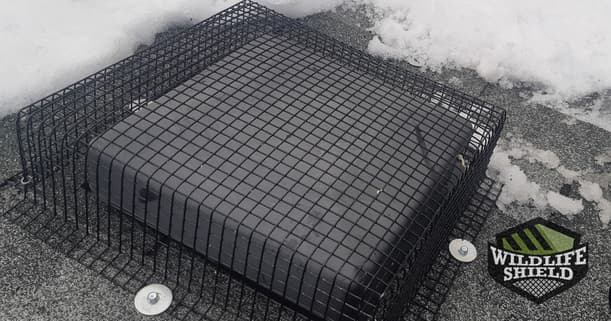
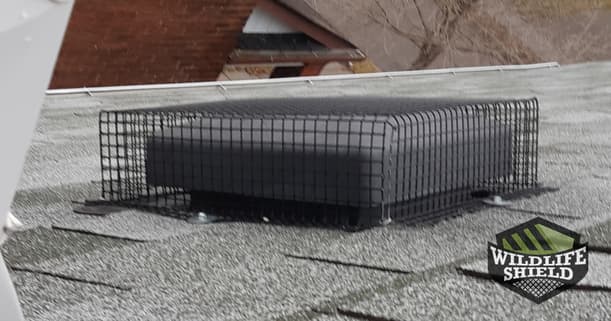

Conclusion
In conclusion, the squirrel was evicted from the attic and the one-way door was removed from the roof vent which was then fully excluded. The house was effectively protected from rodent and wildlife infestation or occupation and the customers were pleased with the results.
